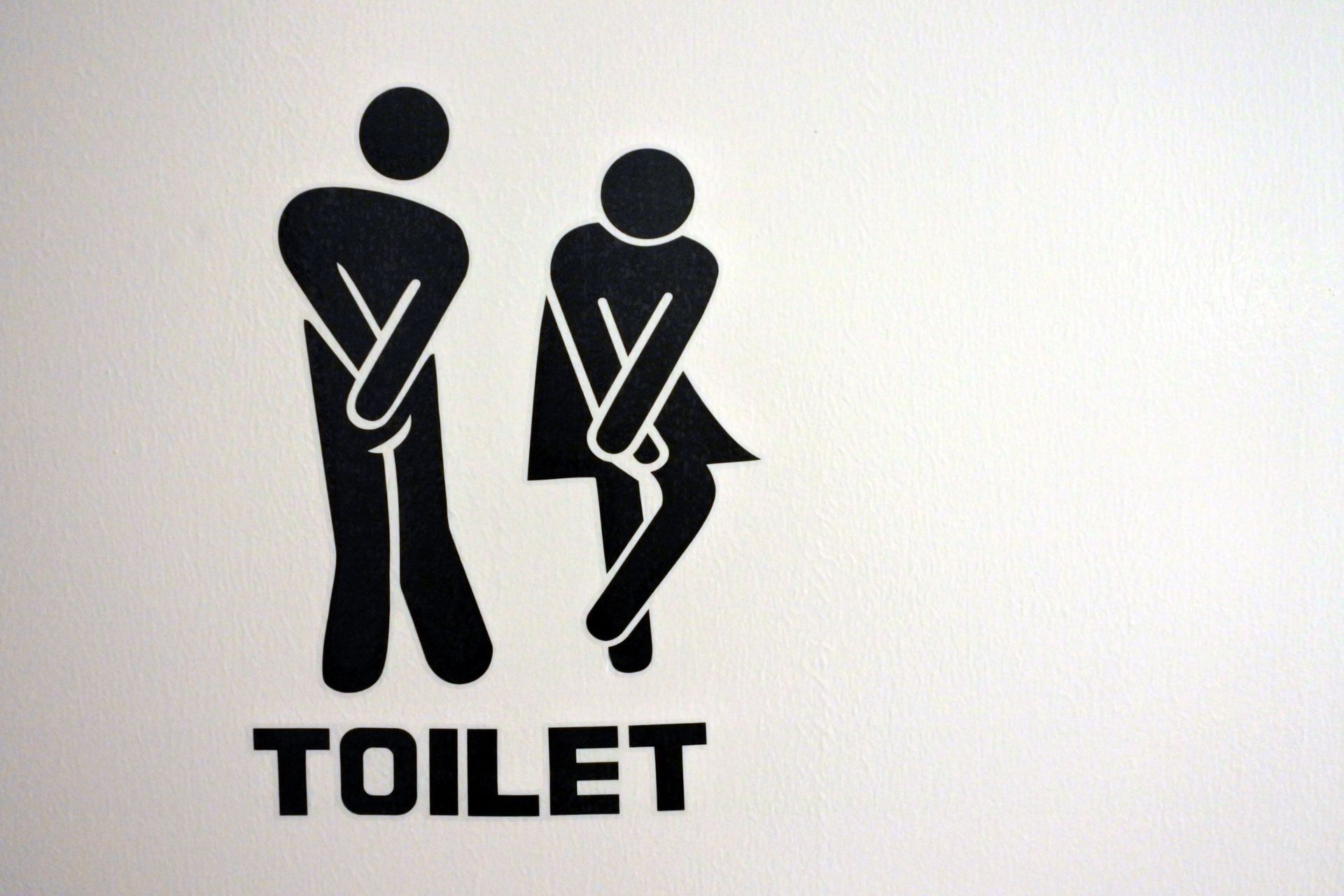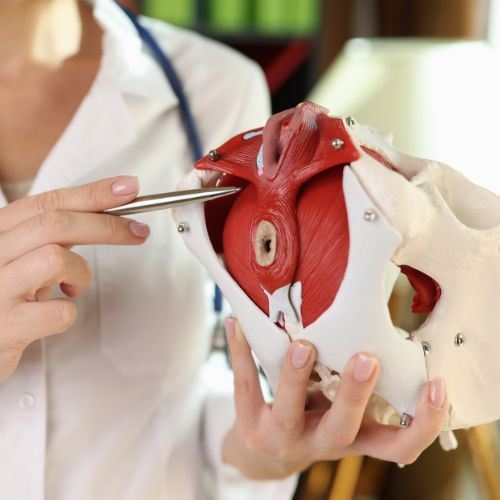What is OAB?

Understanding Bladder Urgency and Overactive Bladder: How to Regain Control
Do you often find yourself rushing to the bathroom or struggling with an uncontrollable urge to urinate? You’re not alone! Bladder urgency and overactive bladder (OAB) affect millions of people, disrupting daily life and causing frustration. The good news? There are ways to manage these symptoms and take back control of your bladder health.
What Is Bladder Urgency and Overactive Bladder?
Bladder urgency is the sudden and intense need to urinate, often making it difficult to delay a trip to the bathroom. Overactive bladder (OAB) takes this a step further, causing frequent urination, urgency, and sometimes even leakage (urge incontinence). These symptoms can occur day and night, impacting sleep, work, and social activities.
What Causes These Symptoms?
Bladder urgency and OAB can stem from various factors, including:
- Bladder muscle overactivity – The bladder contracts too often, creating a frequent urge to urinate.
- Nerve dysfunction – Conditions like diabetes, stroke, or spinal cord injuries can affect bladder control.
- Hormonal changes – Menopause or hormonal imbalances may contribute to OAB symptoms.
- Dietary triggers – Caffeine, alcohol, salty foods, and artificial sweeteners can irritate the bladder.
- Pelvic floor dysfunction – Weak or tight pelvic floor muscles can contribute to poor bladder control.
How Can You Manage Bladder Urgency and OAB?
The first step to managing OAB is understanding what triggers your symptoms. Lifestyle changes, like adjusting fluid intake, avoiding bladder irritants, and practicing bladder training techniques, can make a significant difference.
How Pelvic Floor Physiotherapy Can Help?
Pelvic floor physiotherapy is a highly effective treatment for bladder urgency and OAB. A pelvic floor physio or osteo can help you:
- Strengthen or relax pelvic floor muscles to improve bladder control.
- Retrain your bladder with behavioral techniques and deferral strategies .
- Reduce tension in the pelvic floor.
- Transtibial Nerve Stimulations using TENS (TTNS)
If you’re struggling with bladder urgency or OAB, you don’t have to suffer in silence. With the right strategies and support, including pelvic floor physiotherapy, you can regain confidence and improve your quality of life. Reach out to a pelvic health professional today and take the first step toward better bladder health!
More from the blog







